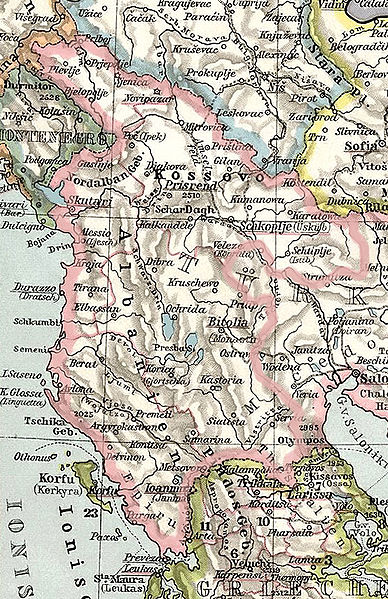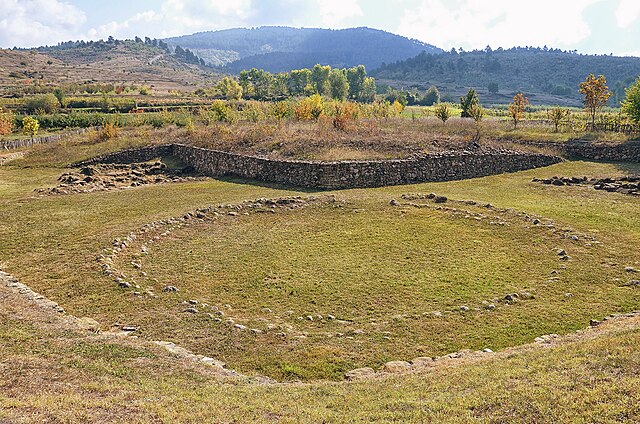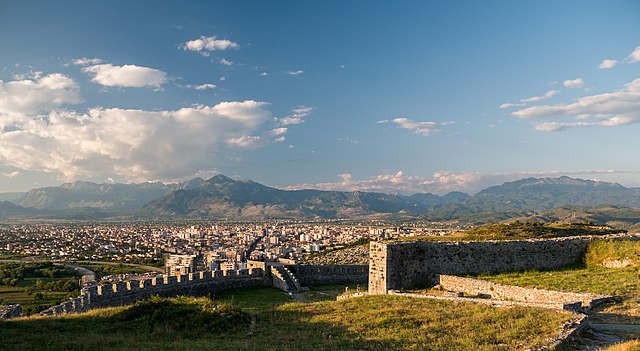Ottoman Albania refers to a period in Albanian history from the Ottoman conquest in the late 15th century to the Albanian declaration of Independence and official secession from the Ottoman Empire in 1912. The Ottomans first entered Albania in 1385 upon the invitation of the Albanian noble Karl Thopia to suppress the forces of the noble Balša II during the battle of Savra. They had some previous influence in some Albanian regions after the battle of Savra in 1385 but not direct control. The Ottomans placed garrisons throughout southern Albania by 1420s and established formal jurisdiction in central Albania by 1431. Even though The Ottomans claimed rule of all Albanian lands, most Albanian ethnic territories were still governed by medieval Albanian nobility who were free of Ottoman rule. The Sanjak of Albania was established in 1420 or 1430 controlling mostly central Albania, while Ottoman rule became more consolidated in 1481, after the fall of Shkodra and League of Lezhe with the country being mostly free in the period of 1443–1481. Albanians revolted again in 1481 but the Ottomans finally controlled Albania by 1488.

Image: Albania Propria ouero Superiore detta anche Macedonia Occidentale
Image: Albanian vilayet
The fortress of Krujë served as the noble residence of the Kastrioti family. Skanderbeg's struggle to keep Albania independent became significant to Albanian national identity and served centuries later in the Albanian Renaissance as a source of inspiration in their struggle for national unity, freedom and independence.
Gjergj Kastrioti Skënderbeu from the House of Kastrioti led a successful resistance to Ottoman expansion into Europe.
Albania, officially the Republic of Albania, is a country in Southeast Europe. It is in the Balkans, on the Adriatic and Ionian Seas within the Mediterranean Sea, and shares land borders with Montenegro to the northwest, Kosovo to the northeast, North Macedonia to the east and Greece to the south. Spanning an area of 28,748 km2 (11,100 sq mi), it has a varied range of climatic, geological, hydrological and morphological conditions. Albania's landscapes range from rugged snow-capped mountains in the Albanian Alps and the Korab, Skanderbeg, Pindus and Ceraunian Mountains, to fertile lowland plains extending from the Adriatic and Ionian seacoasts. Tirana is the capital and largest city in the country, followed by Durrës, Vlorë, and Shkodër.
The remains of the Kamenica Tumulus in the county of Korçë.
Founded in the 4th century BC, the city of Scodra was the capital of the Illyrian kingdom of Ardiaei and Labeatae.
Apollonia was an important Greek colony on the Illyrian coast along the Adriatic Sea and one of the western points of the Via Egnatia route, that connected Rome and Constantinople.
The town of Krujë was the capital of the Principality of Arbanon in the Middle Ages.








